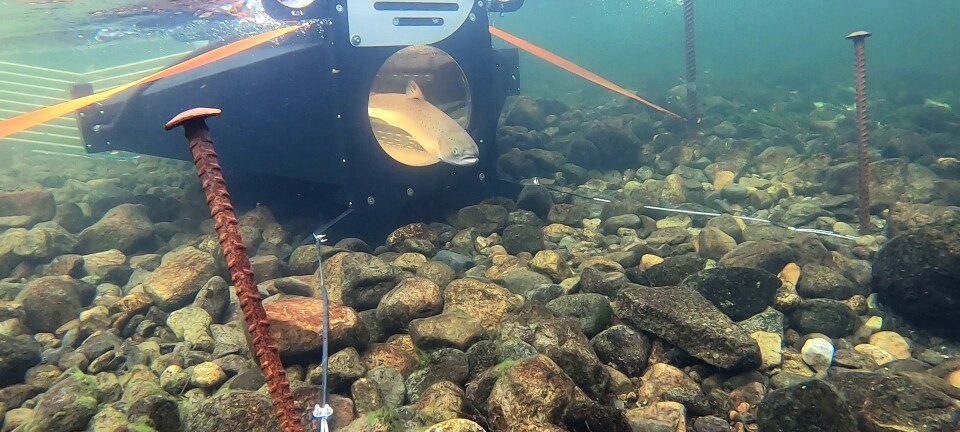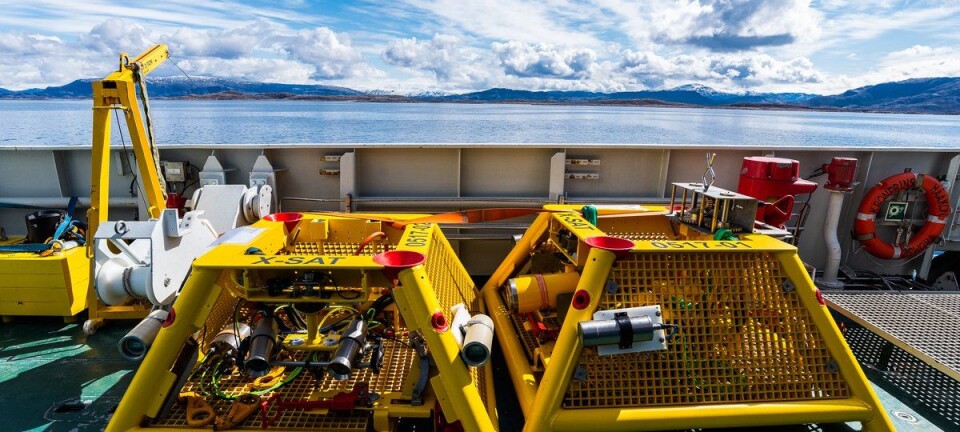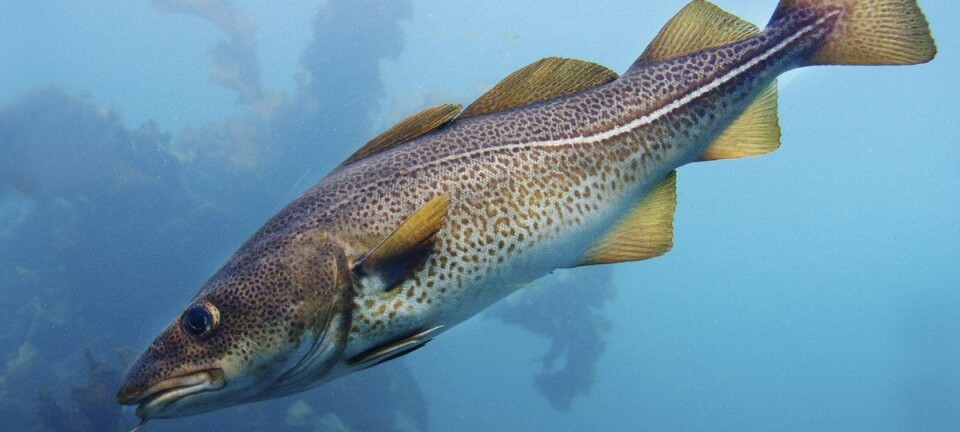This article is produced and financed by the Institute of Marine Research - read more
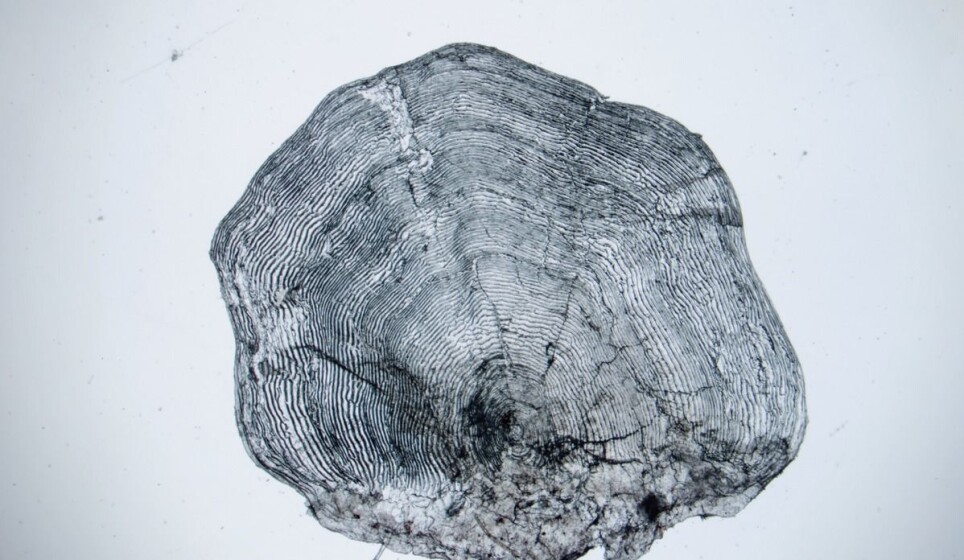
“Kaja” may hold the world spawning record for an Atlantic salmon
DNA test reveals female salmon has spawned an incredible five times in the River Etneelva.
That is probably the most reliably documented world spawning record for Atlantic salmon!
This finding is presented in the Master's project of UiB-student Håvard Kaland. He looked at all of the DNA tests taken by the Institute of Marine Research of spawning salmon in the River Etneelva over the course of seven years. That includes more than 10,000 salmon.
“Kaja” is one important detail that has astonished scientists.
Some fish spawn twice
“You see, most salmon die after they have spawned in a river,” explains Øystein Skaala, the project manager at the Institute of Marine Research’s field station on the River Etneelva (see fact box).
“They have an arduous life: they have to migrate out of the fjord system, travel far into the Norwegian Sea, obtain the food and energy they need to build up roe and milt, compete for the best spawning sites, spawn and survive through winter in the nutrient-poor river before setting out to sea again. Some fish manage to do this twice, but not five times,” he says.
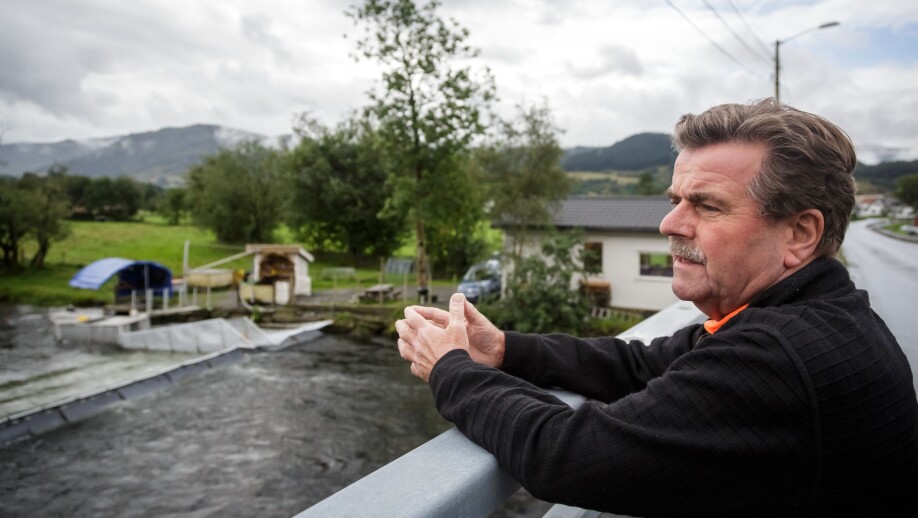
On first name terms with the scientists
At the IMR’s field station on the Etneelva, researchers take samples of all of the fish migrating up the river to spawn. That means they have all of Kaja’s “personal data” from the various times she has passed by:
Kaja hatches on a spring day in 2008. Three years later, in May, she is 11.7 cm long when she heads out of the Etneelva towards the Norwegian Sea, together with around 40,000 members of her year class.
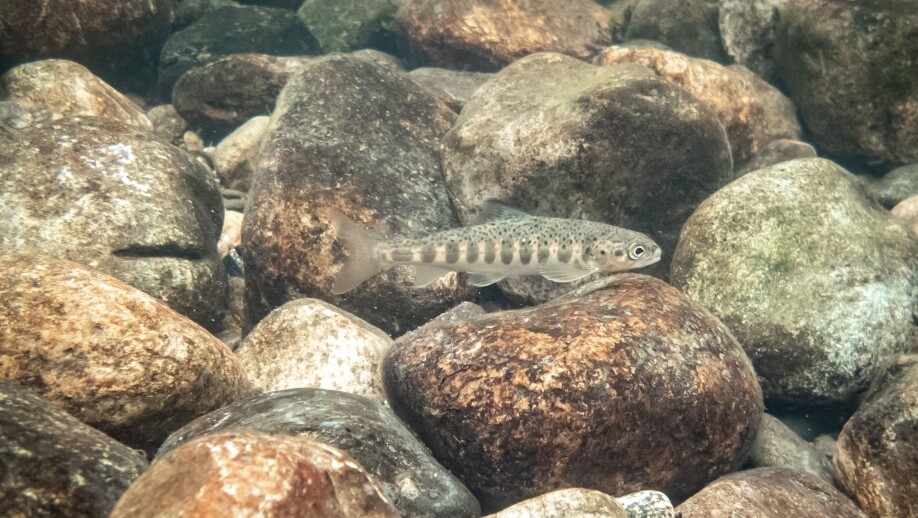
Produced over 33,000 juveniles
After two years of migration, she has put on 2.2 kg and is ready to return to her home river. She spawns around 3,000 eggs and heads out into the Norwegian Sea again to put on weight again. Two years later she returns home, now weighing 4.9 kg. This time she lays over 7,000 eggs.
She spawns again in 2016, 2017 and, for the final time, in 2018. By that stage she is 9 years old and weighs 5.9 kg.
“In total, Kaja laid around 33,350 eggs, which assuming the normal survival rate in the river would produce 1,000 smolts, 50 of which would reach spawning age. As far as we know, this is a world record, and previously we thought it was physically impossible,” says Skaala.
“She must have been quite a lady.”
Reference:
Håvard Kaland: A unique insight into repeat spawning in Atlantic salmon, using DNA profiling in the river Etne. Master's project, University of Bergen, 2020.
———
Read the Norwegian version of this article at forskning.no








